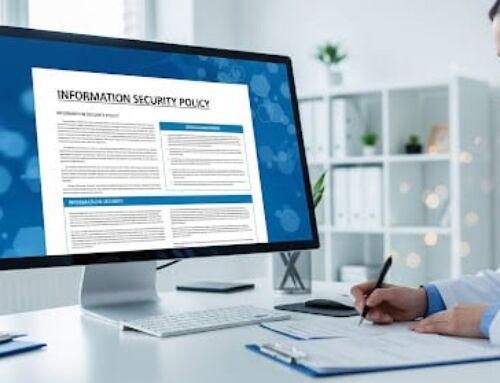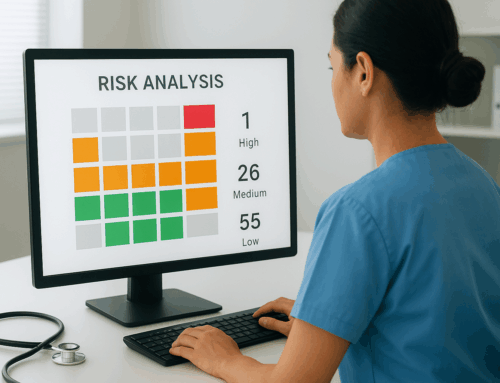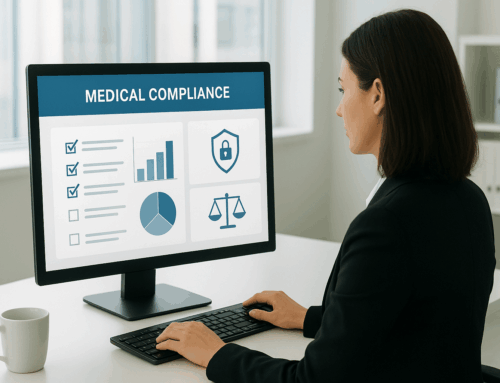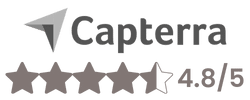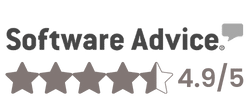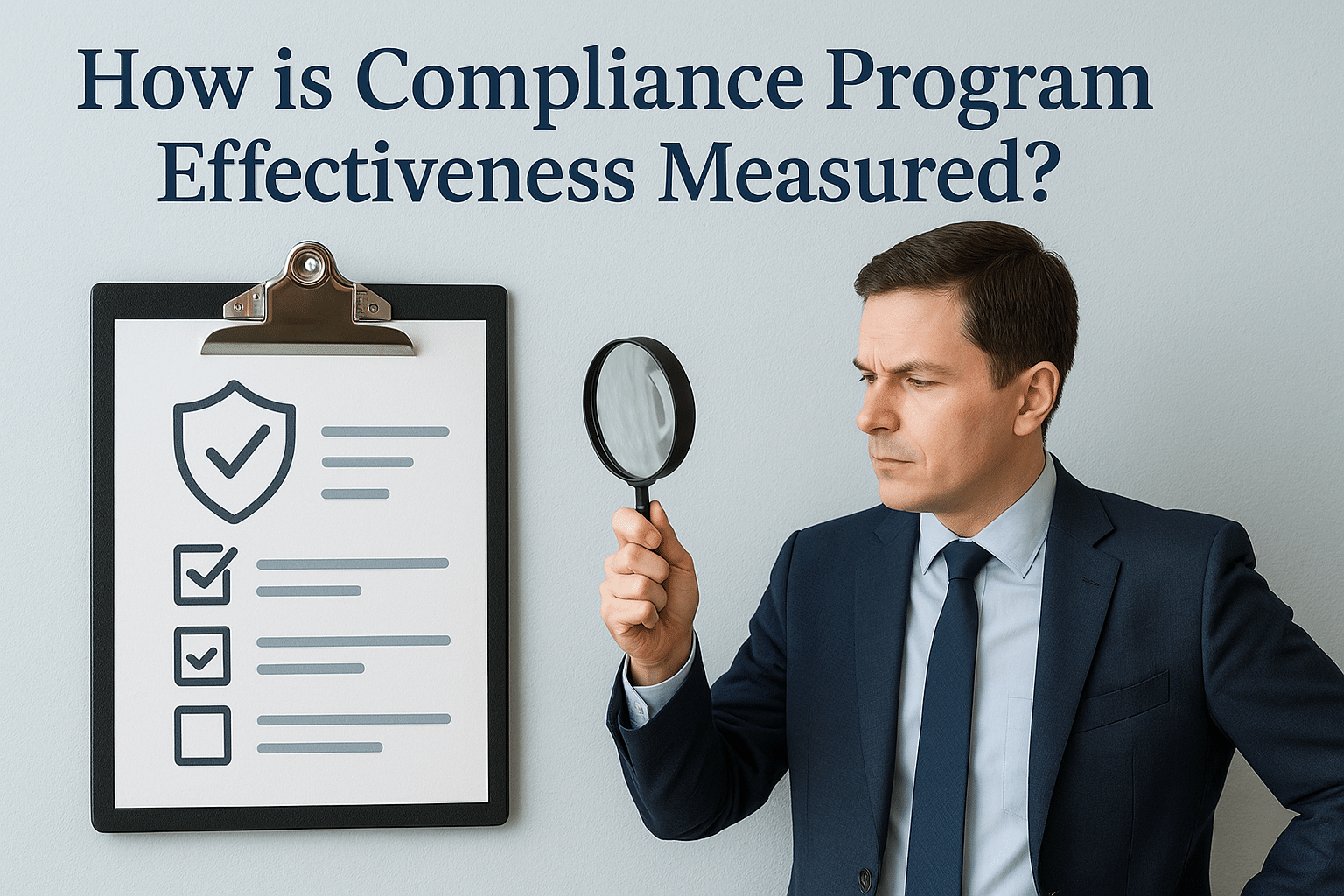
Meeting regulatory compliance requirements is a complex process that involves the adoption of a compliance program. When building your compliance program it’s important to consider what components you’ll need to ensure its effectiveness. In healthcare, compliance program effectiveness is measured by an organization’s ability to meet a variety of regulatory standards such as HIPAA, OSHA, CMS, and FWA.
Due to the complexity of developing a compliance program that meets all regulatory compliance standards, the Office of Inspector General (OIG) released guidance to help healthcare organizations navigate the process.
OIG General Compliance Program Guidance (GCPG), colloquially known as the “7 elements of an effective compliance program,” synthesizes meeting compliance requirements into a handful of (you guessed it, 7) steps.
The 7 steps of an effective compliance program include:
- Written Policies and Procedures
- Compliance Leadership and Oversight
- Training and Education
- Effective Lines of Communication with the Compliance Officer and Disclosure Program
- Enforcing Standards: Consequences and Incentives
- Risk Assessment, Auditing, and Monitoring
- Responding to Detected Offenses and Developing Corrective Action Initiatives
How Can You Ensure Compliance Program Effectiveness in Your Business?
While there are several ways to track and manage a compliance program, such as spreadsheets, manuals, and binders, the most efficient and effective way is through comprehensive software.
Compliance software allows healthcare organizations to simplify regulatory compliance adherence by providing the tools needed to meet the requirements of several laws. Software makes it easier to do this than traditional methods because it identifies overlaps in the requirements of different laws, and allows you to address the requirement once and apply it to all relevant regulations.
For example, a requirement of both HIPAA and CMS is the completion of a risk assessment. While a healthcare organization can use a spreadsheet to track the answers to risk assessment questions for one regulation and apply the answers to the other, it involves a lot of manual work and increases the risk of errors. When you use software to complete a risk assessment, addressing an overlapping requirement is simple. Address it in one program, and it is automatically copied over to the other relevant program.
The Guard Healthcare Compliance Software
Compliancy Group developed its proprietary software to help healthcare organizations track and manage compliance across multiple regulations. Whether you need help building a HIPAA, OSHA, or other program, The Guard provide the tools you need to ensure compliance program effectiveness. Users get access to a comprehensive policy template library, risk assessment tools, training modules, and much more. Learn how The Guard can help support your compliance needs!

